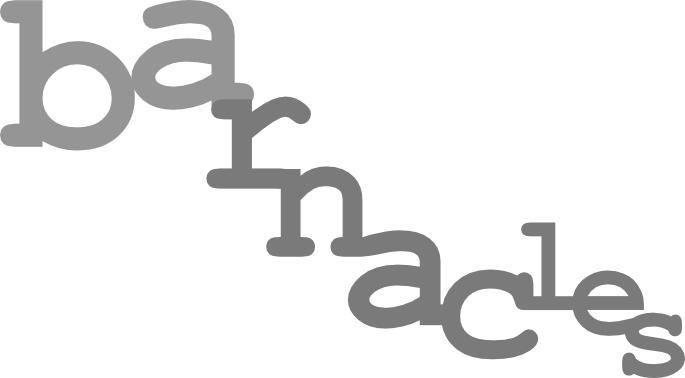Balanus
balanus. Known also as acorn barnacle. Known? Rather unknown. Who
knows acorn barnacles? Probably more than we can expect and suspect. Though they don't
know, or at least a part of them, probably quite big part,
these nice and interesting structures found often on logs,
beams and other pieces of wood tossed by merciless waves,
looking like shells, and in fact being shells, but reminding more a tent than a
conch ..... a conch? no, no, never ..... a tent? yeee...ss
– a dome-like tent – an acorn-like tent . . . . . so, they don't know these are
acorn barnacles and have been named so due to
their shape and look. This is why they are not called chestnut
barnacles, because
they don't look like chestnuts. Nor nut barnacle. Nor peanut
barnacle. Nor plum barnacle.... Though plums are quite similar to acorns.
But they don't have a cap. Do barnacles have caps? No.
Instead of caps they have have holes. So, we may say they
have anti-caps... the reverse caps... the opposite caps
..... This hole
looks a bit like a smoke hole. Do they have fire inside?
Oh, what a stupid question.
What I can see are not acorn barnacles themselves, but their shells – the houses they live in. And these houses are nice. I like them. Many years ago I used to design houses quite similar to theirs. Nice house does not necessarily mean its owner is nice. I don't know barnacles. Maybe they are nasty, stubborn creatures. Disgusting and hideous. Mean and cowardly and filthy. Rotten to the core. Maybe. Who knows... There is also another nice thing about barnacles. They travel a lot. They travel constantly and such ceaseless travelling costs them nothing. Well, I mean the energy. They fix themselves to a piece of wood, for example (can also sit on a whale or a ship), and float with it. Saving huge amount of energy has a huge price: they can't decide where to go.
Nevertheless it's fascinating. I wonder what they use this spared energy for. I'd like to ask them, but so far I have never met any living acorn barnacle. I have always met dead barnacles. Empty shells. Abandoned houses. Corpses... Strange, isn't it?
Well, telling the truth it's not that difficult to barnacle oneself. Inflate the airbed, put it on water surface, lay on it, and float... And imagine you have six pairs of thoracic limbs to filter food from the water. Oh, it's nothing for our powerful imagination, really no problem...
There is also one thing that is not nice. Barnacles are never alone. How can I, a hermit crab, like so much overcrowded colonies of barnacles? This is called a unity of opposites and barnacles seem absolutely not interested in such nonsenses.
Oh, what a stupid question.
What I can see are not acorn barnacles themselves, but their shells – the houses they live in. And these houses are nice. I like them. Many years ago I used to design houses quite similar to theirs. Nice house does not necessarily mean its owner is nice. I don't know barnacles. Maybe they are nasty, stubborn creatures. Disgusting and hideous. Mean and cowardly and filthy. Rotten to the core. Maybe. Who knows... There is also another nice thing about barnacles. They travel a lot. They travel constantly and such ceaseless travelling costs them nothing. Well, I mean the energy. They fix themselves to a piece of wood, for example (can also sit on a whale or a ship), and float with it. Saving huge amount of energy has a huge price: they can't decide where to go.
Nevertheless it's fascinating. I wonder what they use this spared energy for. I'd like to ask them, but so far I have never met any living acorn barnacle. I have always met dead barnacles. Empty shells. Abandoned houses. Corpses... Strange, isn't it?
Well, telling the truth it's not that difficult to barnacle oneself. Inflate the airbed, put it on water surface, lay on it, and float... And imagine you have six pairs of thoracic limbs to filter food from the water. Oh, it's nothing for our powerful imagination, really no problem...
There is also one thing that is not nice. Barnacles are never alone. How can I, a hermit crab, like so much overcrowded colonies of barnacles? This is called a unity of opposites and barnacles seem absolutely not interested in such nonsenses.
